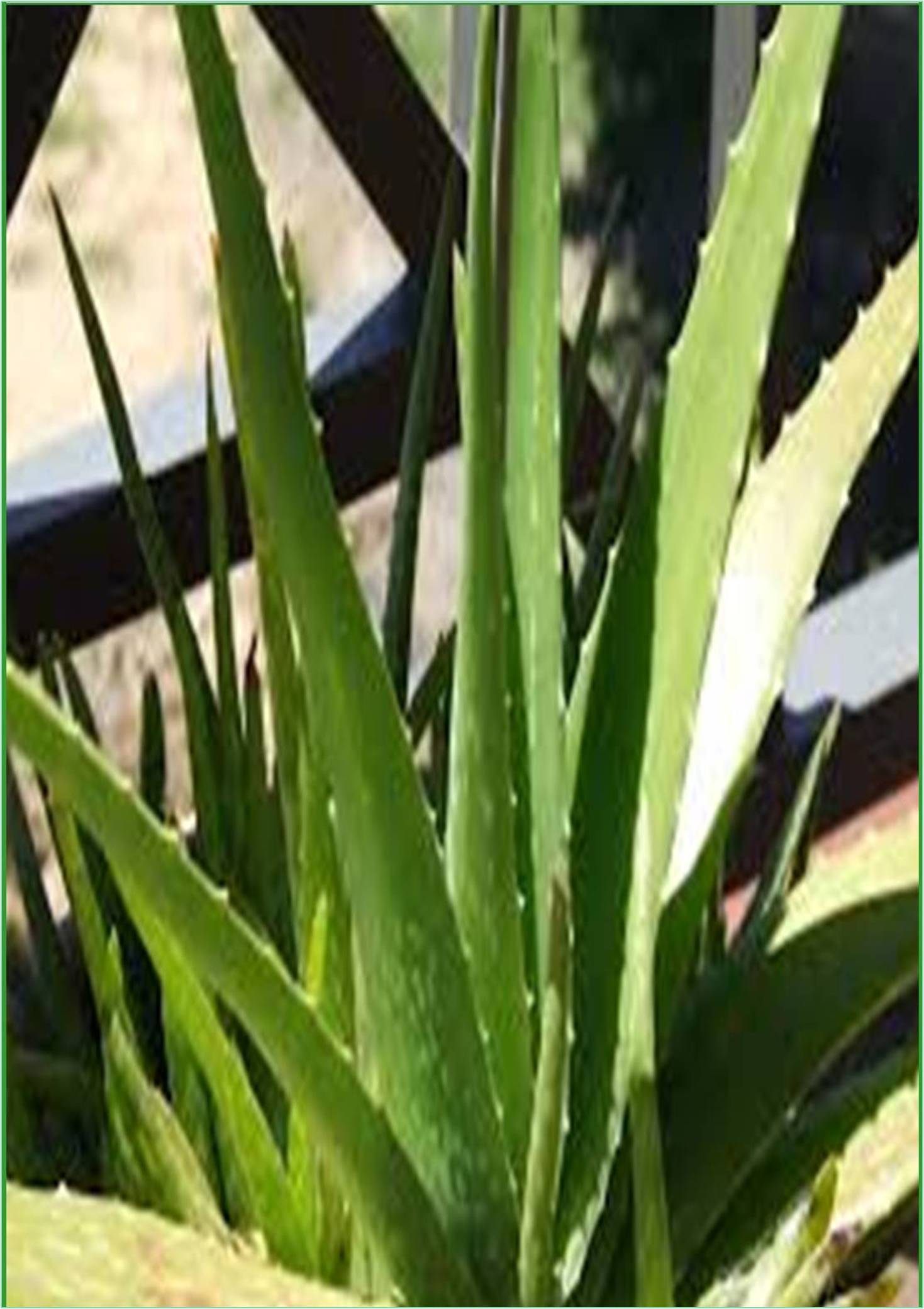



Received: 01-Feb-2022, Manuscript No. GJMPR-22-60099; Editor assigned: 03-Feb-2022, Pre QC No. GJMPR-22-60099(PQ); Reviewed: 17-Feb-2022, QC No. GJMPR-22-60099; Revised: 21-Feb-2022, Manuscript No. GJMPR-22-60099(R); Published: 03-Mar-2022, DOI: 10.15651/GJMPR.22.7.073
Agro and industrial methods that utilises Medicinal and Aromatic Plants (MAPs) produces various kinds of residues like residual biomasses from purification of aromatic plant and unused parts of medicinal plant. These remaining biomasses cannot be considered as waste as these can actually be recycled and transformed into value added products. So, value addition to these residual biomasses through processing, extraction, hydrolysis, pyrolysis and fermentation, etc. could be a great avenue particularly for the underutilized part of medicinal plant and residual biomass from the distillation of aromatic plant. These biomasses are appropriate for isolation of phytochemicals like phenolics-antioxidants which can be used in cosmetic, pharmaceutical and perfumery industry. After removal of phytochemicals, the residual biomass can be used straight as animal feed or organic mulch. Also, preparation of value added product, like bio sorbent for waste water filteration, composts and biochar for an effective soil alteration. These value added products are found to be more capable. In this article, the potential uses of these residual biomasses as esteemed products have been discussed including the technology established at laboratory scale and their application in industry. Actual recycling of residual biomass from MAPs is not only for a monetary gain, but also a useful solution for its disposal. Thus, dual application of the residual biomasses is of great interest and will open chances of opportunity in MAPs sector.
Medicinal and aromatic plants play an important role in the health and well-being of people by providing several herbal medicines and healthcare products. In Indian civilizations, all the plants on earth are considered as medicinal. However, a simple definition is “Medicinal plants are those plants which are approved in various official and traditional systems of medicines all over the world”. By another explanation “Medicinal plants are those plants which play a specific role in preventing or curing.
The residual biomass from MAPs primarily comprised of non-utilized part of medicinal plant, biomass from herbal industry and distillation biomass from essential oil industry. Though the precise data of residual biomass of medicinal plant have not been stated yet, a substantial amount of agro and industrial biomass may be made from medicinal plants. For example, root is the efficient part and a foundation of bioactive compounds in ashwagandha and ginseng.
Residual biomass of medicinal plants signifies a severe problem as the deprived management of these biomass causes risks to public health and the environment. However, the growing demand requires additional resources and cautious planning and thus highlights the worth of using these residual biomasses of medicinal plants as a new resource. Overall, the phytochemical studies have been done on official parts of medicinal plants.
The dual utilization route reduces the cost of production and provides extra economic to the stakeholders (industry, farmers and consumers) in the MAPs sector. The route includes first extraction of bio-active compounds from unutilized part of medicinal plant and distillation biomass of aromatic plants, then further value addition to the residual biomass. However, there is a choice of further value addition to the remaining biomass of MAPs.
The use of residual biomass from MAPs is a low cost waste discarding strategy having extra social and environmental benefits. Conversion of residual biomass of MAPs into value-added products itself reduces the chances of environmental difficulties. For example, production of biochar decreases the greenhouse gas (CO2) emission which otherwise occurred due to residue burning or direct application to the field.
The global market of herbal products with herbal medicines, dietary supplements function food, cosmetics and perfumery is predicted to reach more than 100 billion due to an elderly population and increasing awareness about the herbal drug. It has been found that the underutilized part of medicinal plants and the refinement waste of aromatic plants are quite promising for extracting phytochemicals as well as phenolics- antioxidants for pharmaceutical, cosmetic and perfumery industry.